
In China, where personal expression is often discouraged, a group of young dancers are riding the wave of an imported cultural phenomenon, appropriating the highly individual hip-hop genre to transform it into a choreographed group performance.
Their name is Dangsters. Counting 10 exuberant and irrepressible members, the group was founded, among others, by Phoenix, 29, from Yunnan, and Nana, 28, a transplant from Thailand who adopted China as her second home.
The two discovered hip-hop dance in their teens through online videos. Although initially finding it nothing more than “cool and fun,” they soon became professional dancers, swiping across China’s major metropolis. The road to success, though, has been difficult. Many people in China consider this profession a type of “Qingchunfan”, meaning a kind of job exclusively open to vivacious young women.
Financial success wasn’t guaranteed either. Aside from doing commercial gigs and teaching dance courses, the group’s members took on an unexpected task-to perform at new and extravagant nightclubs in the city of Kunming in China’s southwestern province. Their role? To invigorate the crowds, who were not yet accustomed to the new form of entertainment.
“It was very difficult when we worked in the club five years ago,” Nana tells TIME. Aside from performing three shifts a night, the dancers were also tasked with selling a fixed amount of liquors each month. Female dancers had to be scantily dressed, at times exposing them to male customers’ harassments, she recalls.
After the group won a prominent Asian hip-hop dance contest in Beijing, they quit performing in nightclubs as more students expressed interest in their classes. They moved to a more spacious studio in downtown Kunming and now teach various crowds, some as young as 4 years old. “They prefer being teachers because that’s more respectful,” says Bangladeshi photographer AJ Ghani, who stumbled upon Dangsters when in Kunming for a photography workshop.
Ghani purposely chose to document this group as he wanted to move away from the usual images produced about China. “I find that when talking about China, all the issues are very similar. [People] are interested in those subjects: pollution, over-population, urbanization and rapid [growth],” he says, “but everybody has done that.” In his native Bangladesh, where Ghani is a third-year student at Pathshala South Asian Media Institute, he noticed that subjects of international interest are often limited to the region’s natural and man-made disasters — from flooding to the Rana Plaza factory collapse. In his work, he wants to go beyond clichés presented in the media and tackle a more complex reality of cultures and places, he says.
Ghani had photographed Dhaka’s dancers while in school, examining how Western culture influenced the lifestyle of the urban youth in Bangladesh. And when he came upon Dangsters, he was astounded by their intense energy and passion. So much so that he now plans to continue his work in other regions of China.
AJ Ghani is a documentary photographer based in Dhaka, Bangladesh.
Ye Ming is a writer and contributor to TIME LightBox. Follow her on Twitter @yemingphoto and Instagram.
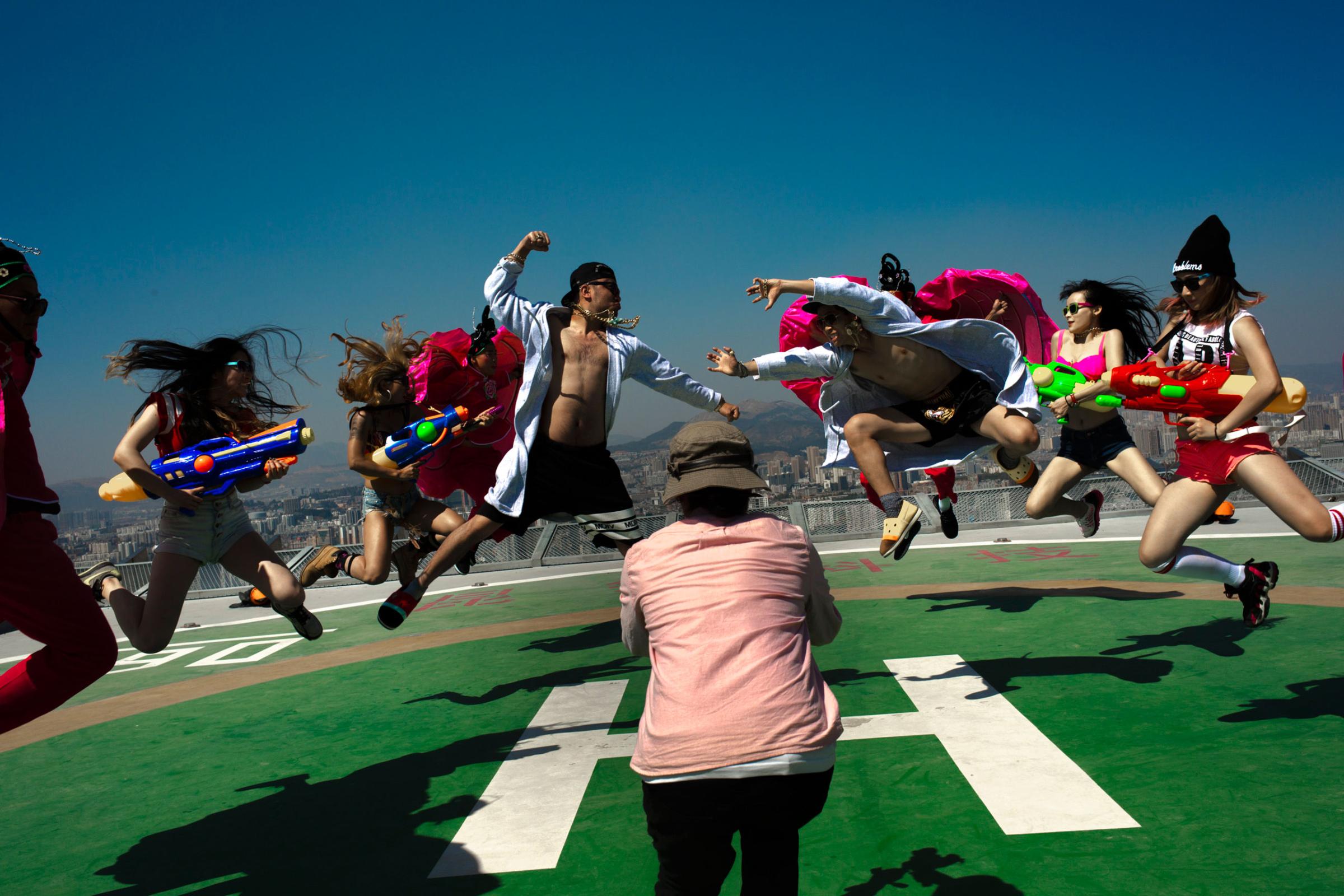


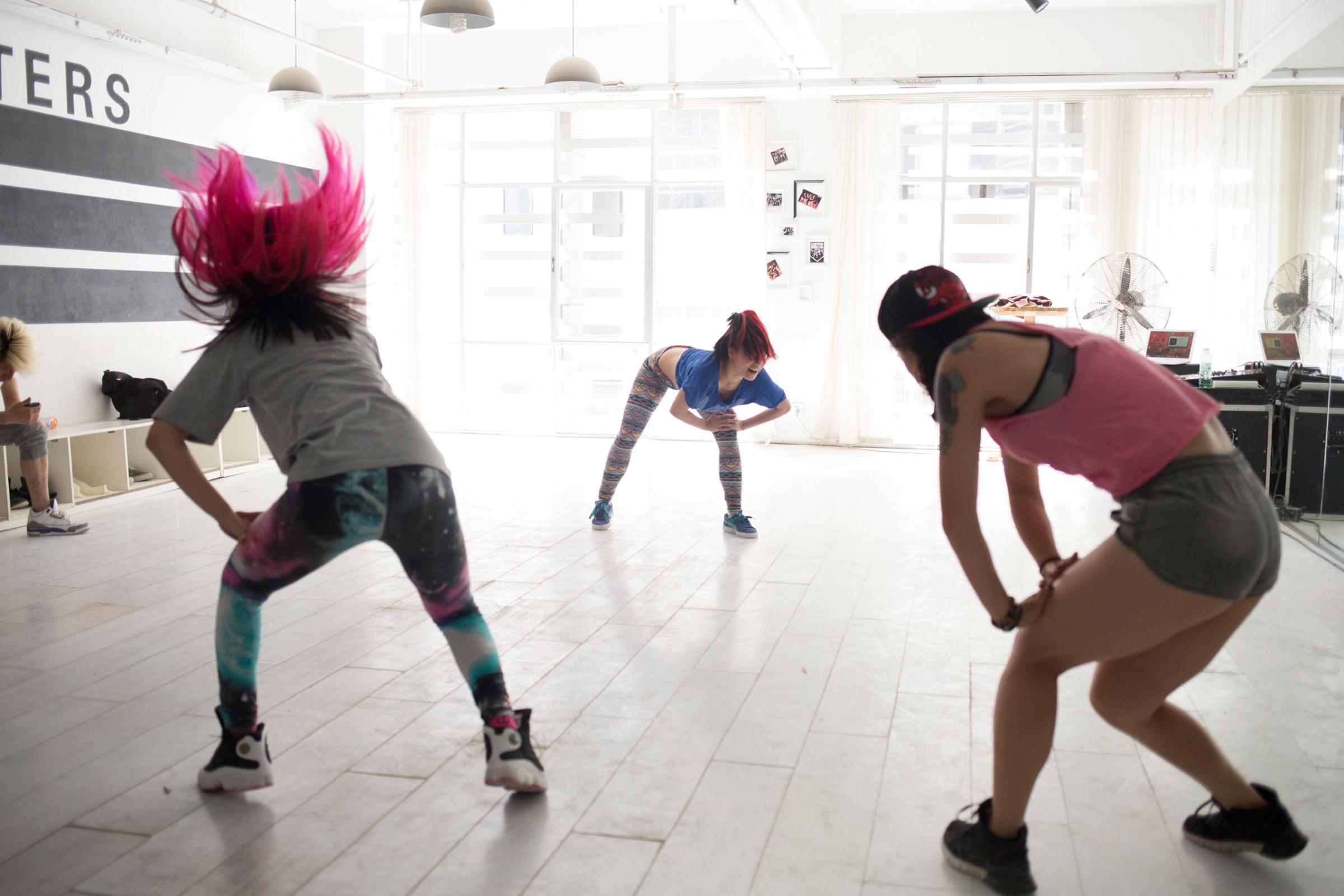
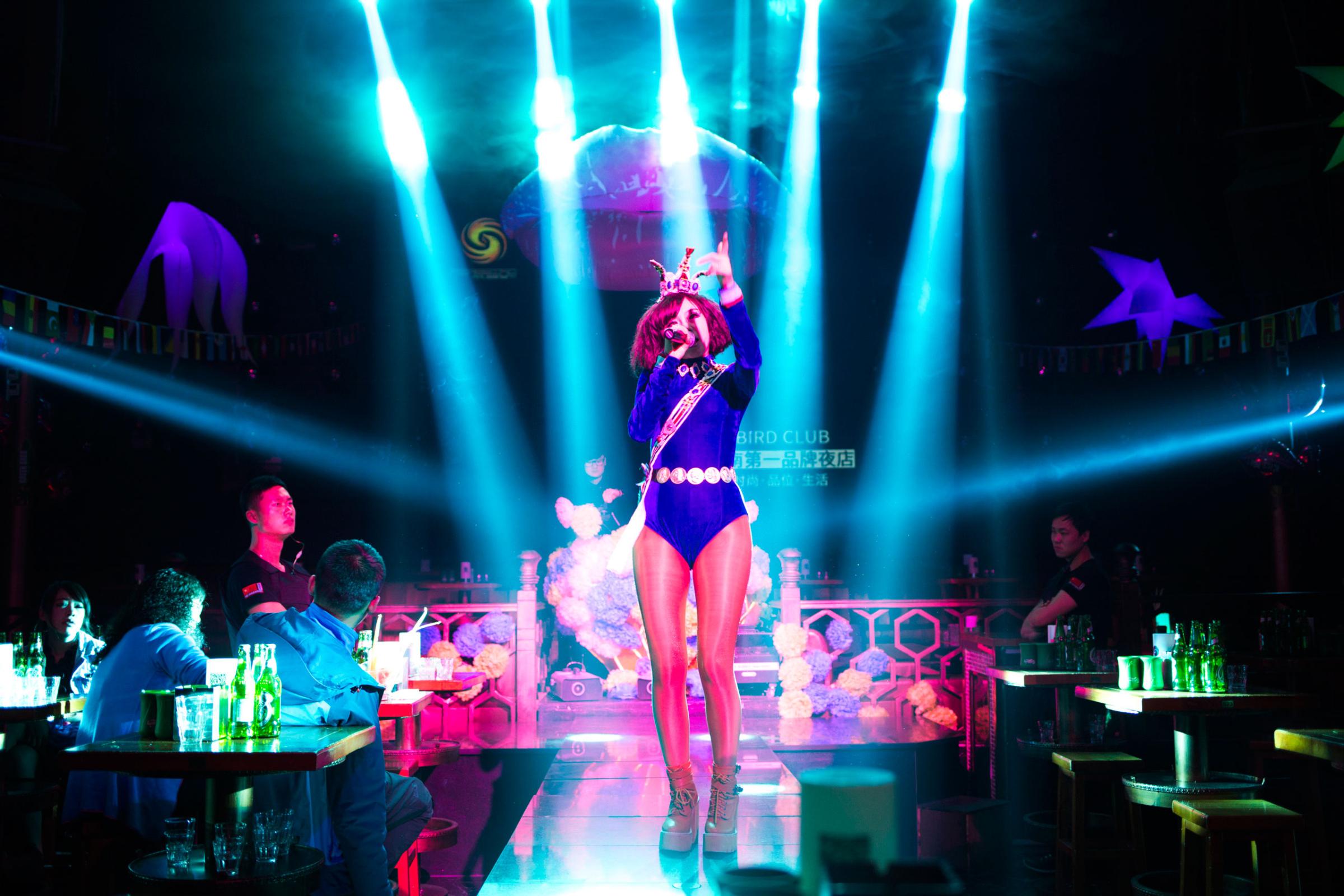
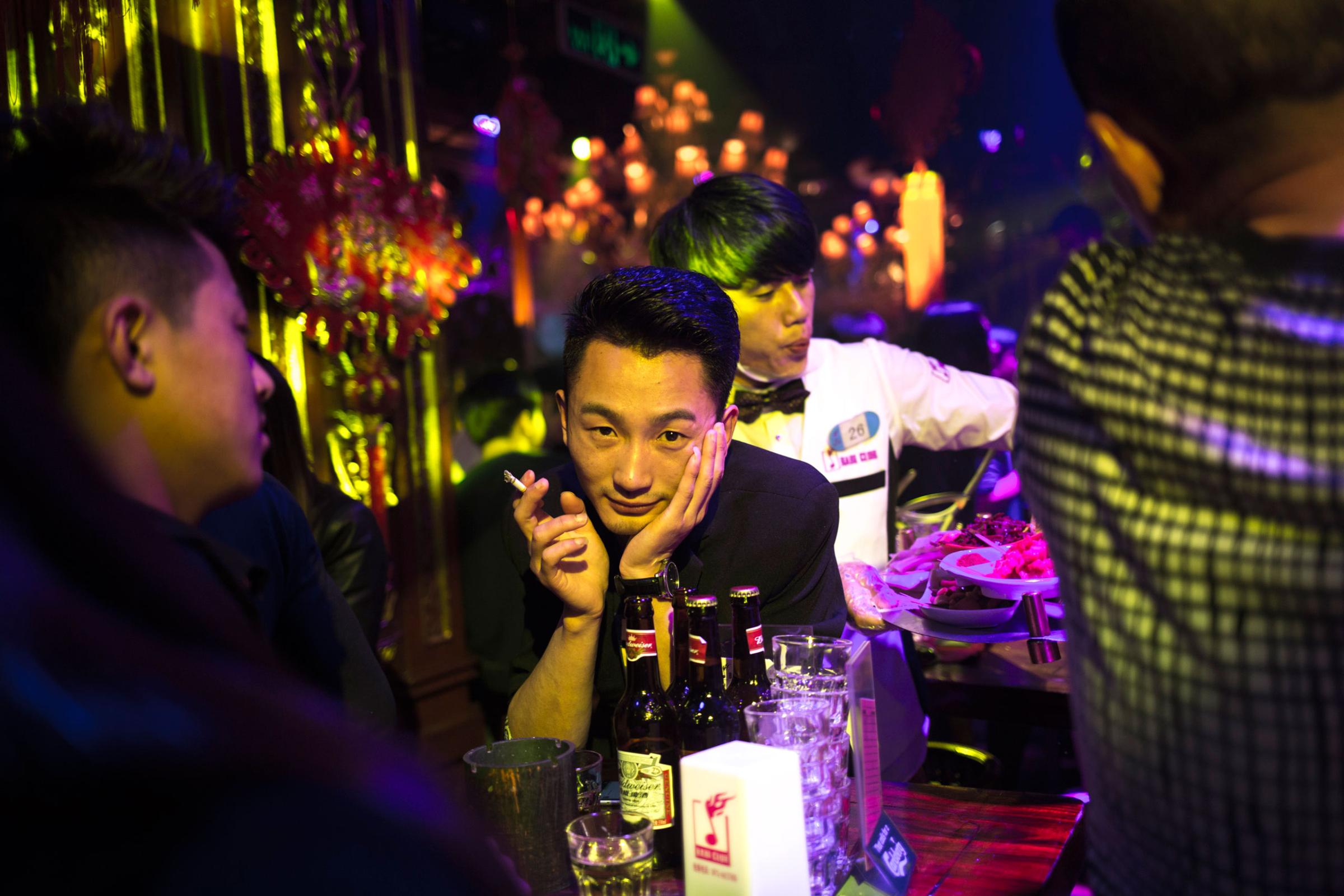
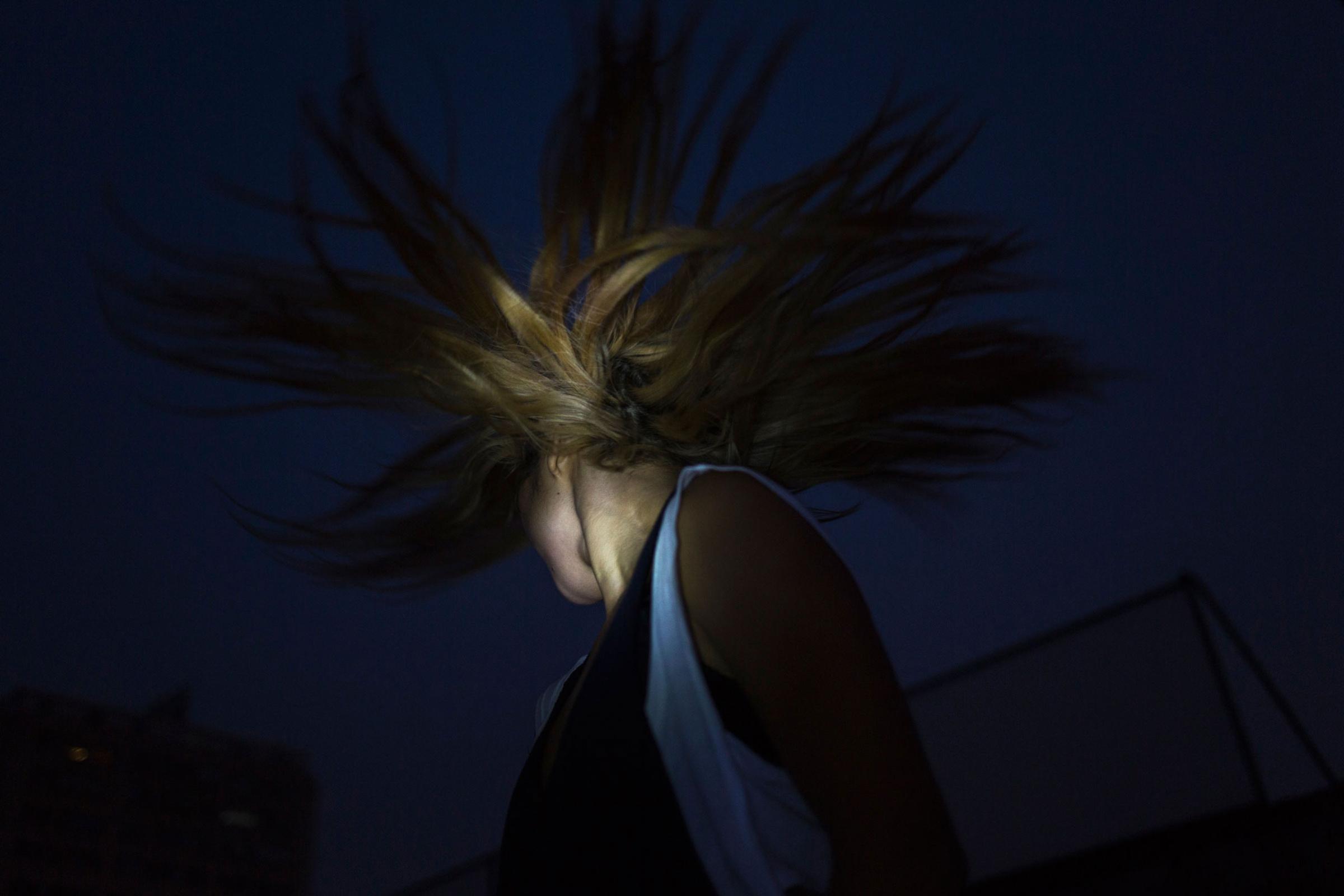
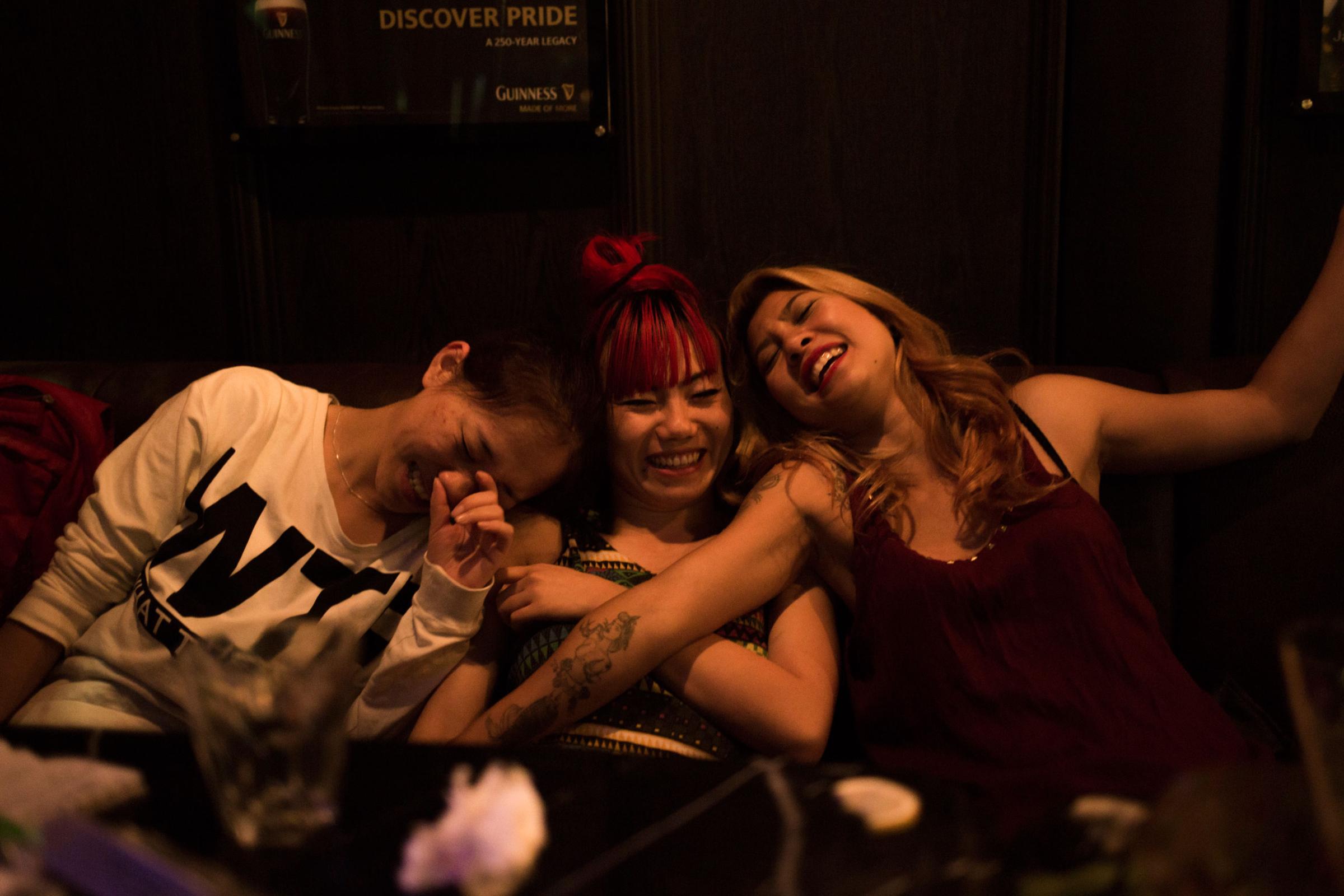
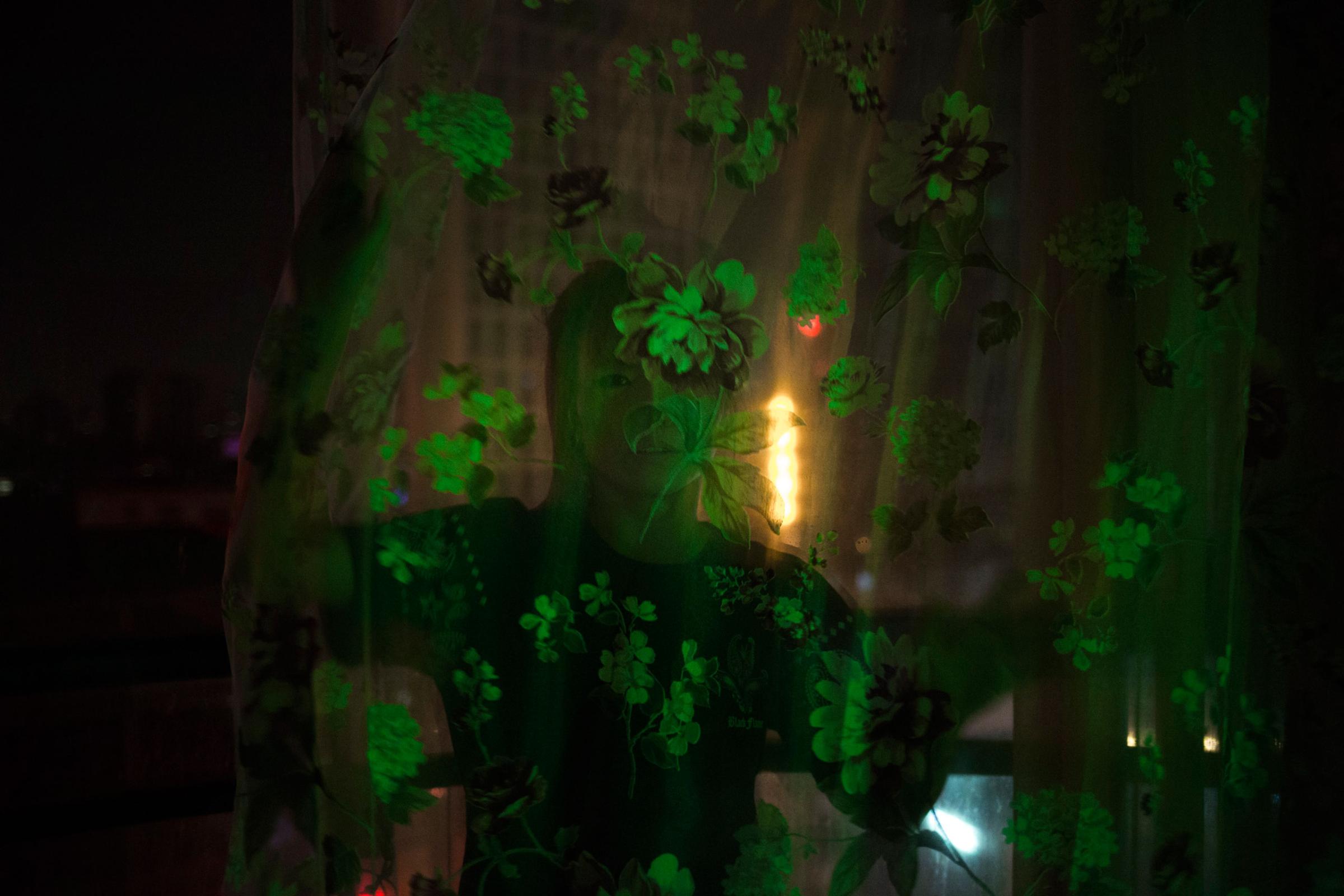

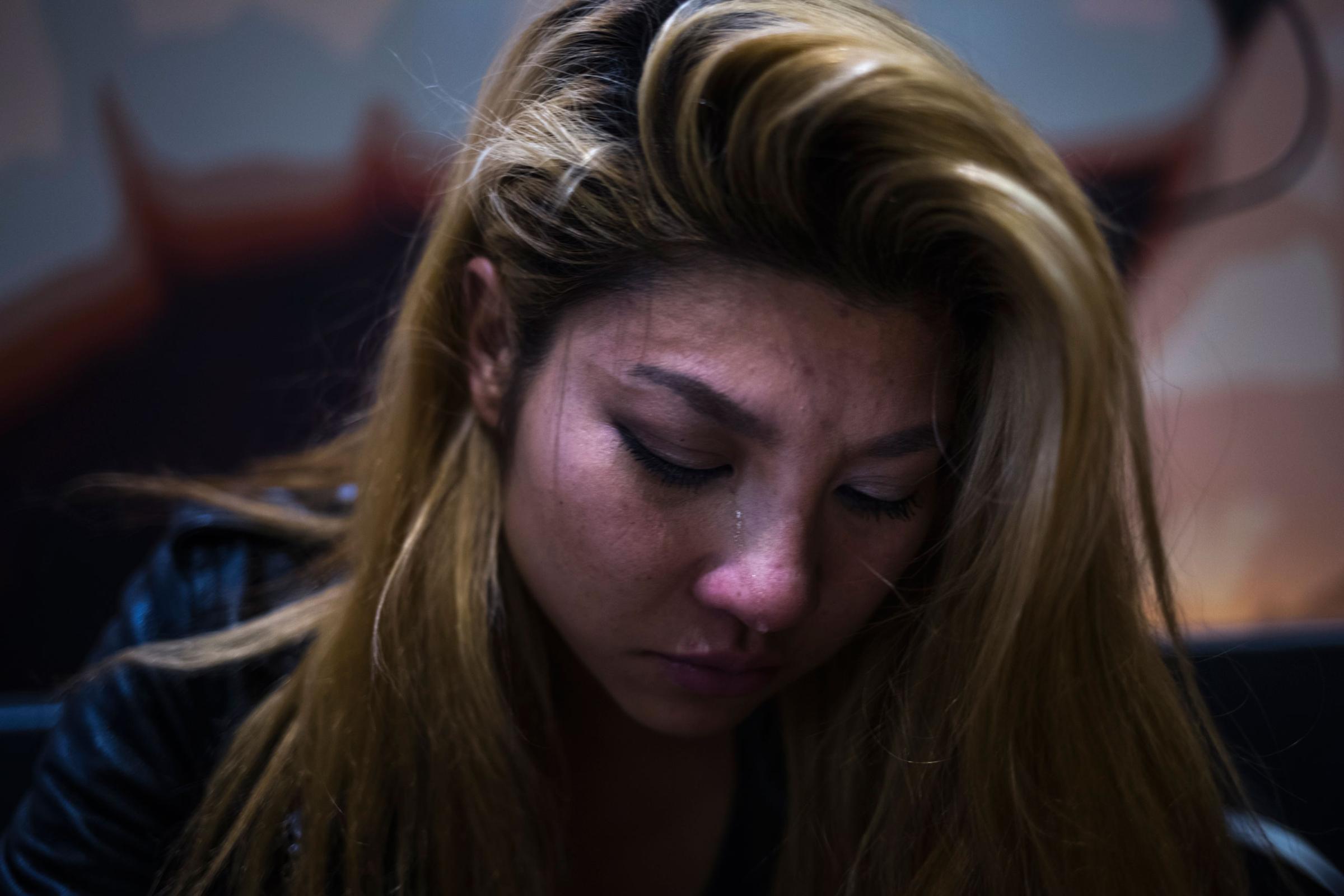
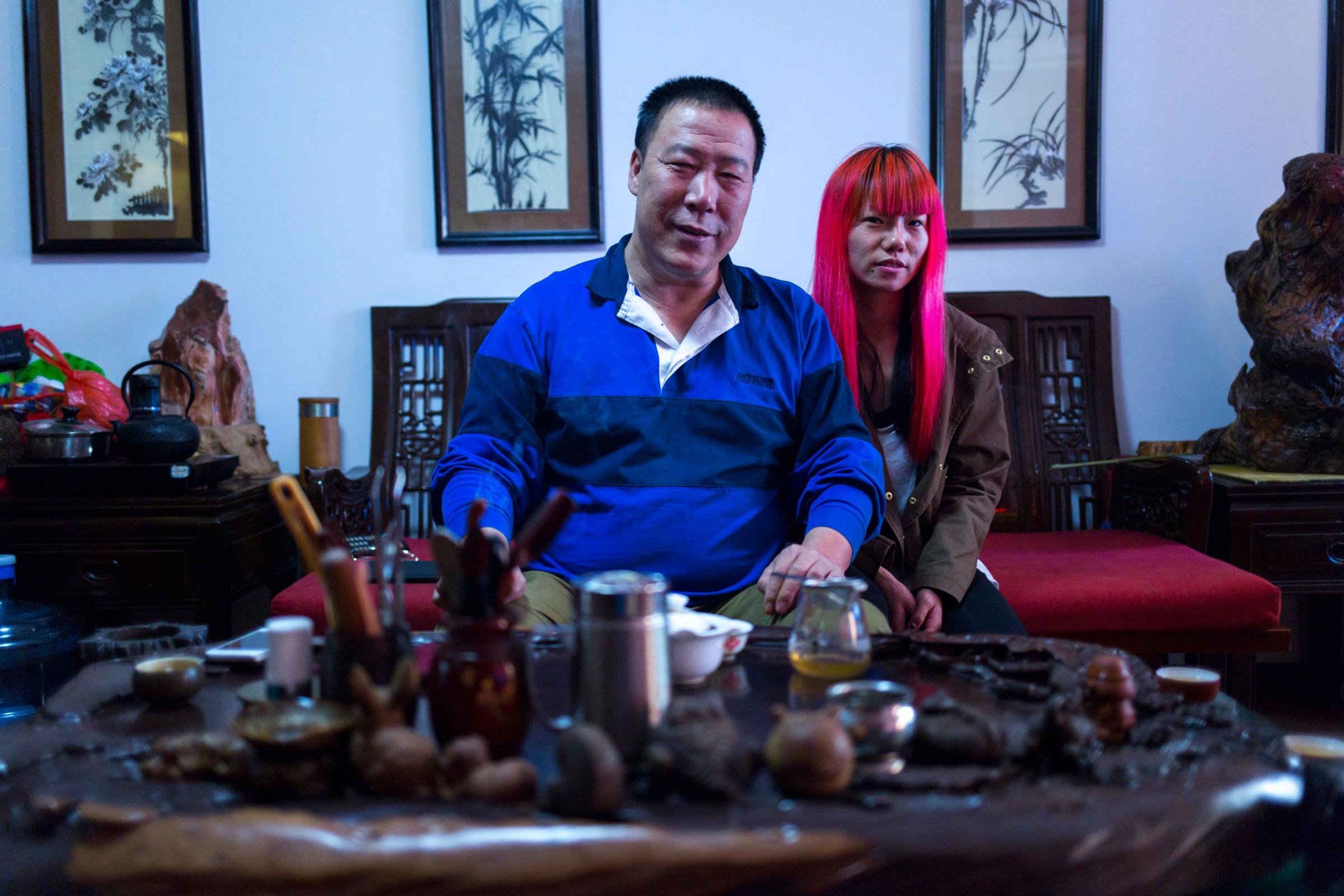
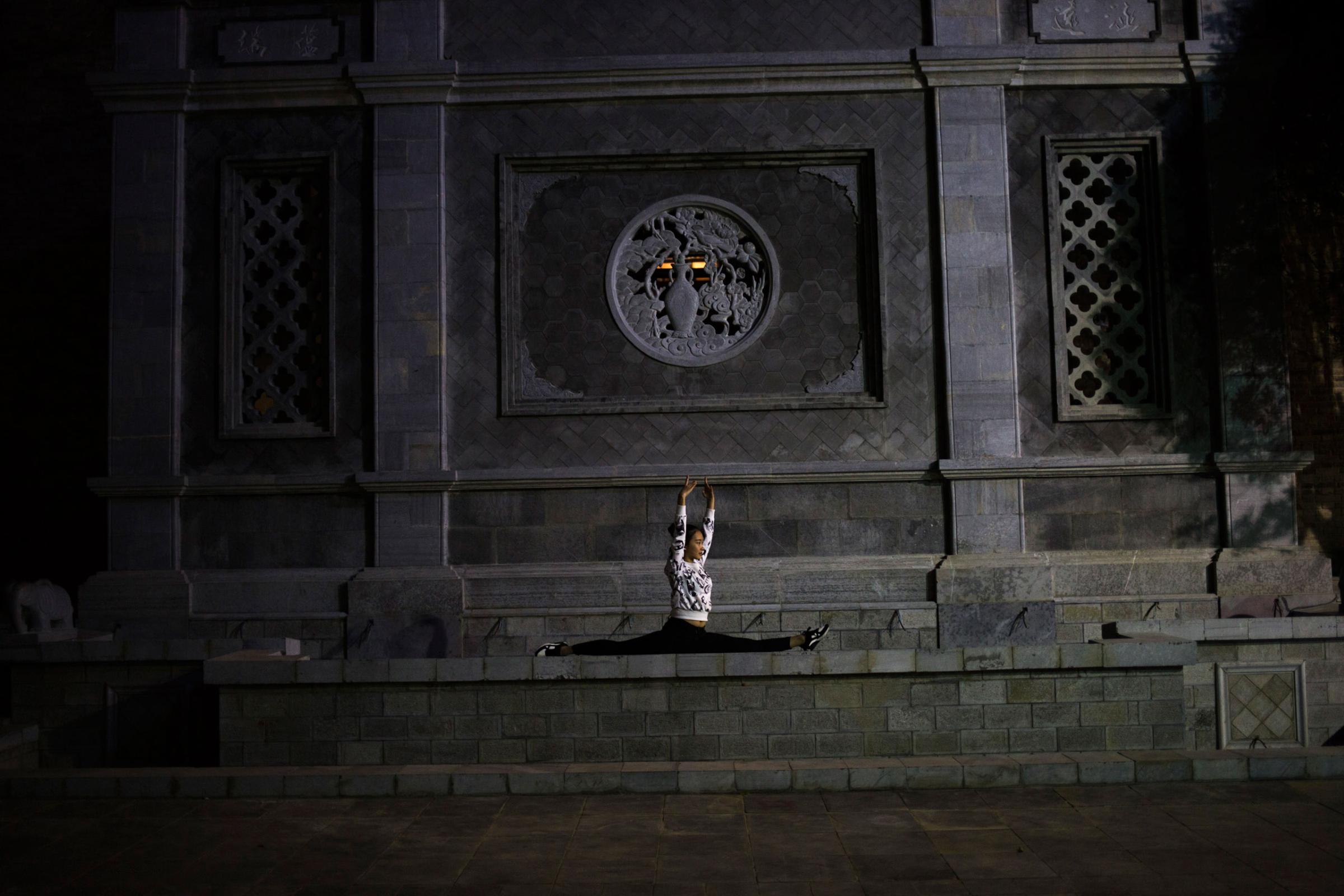
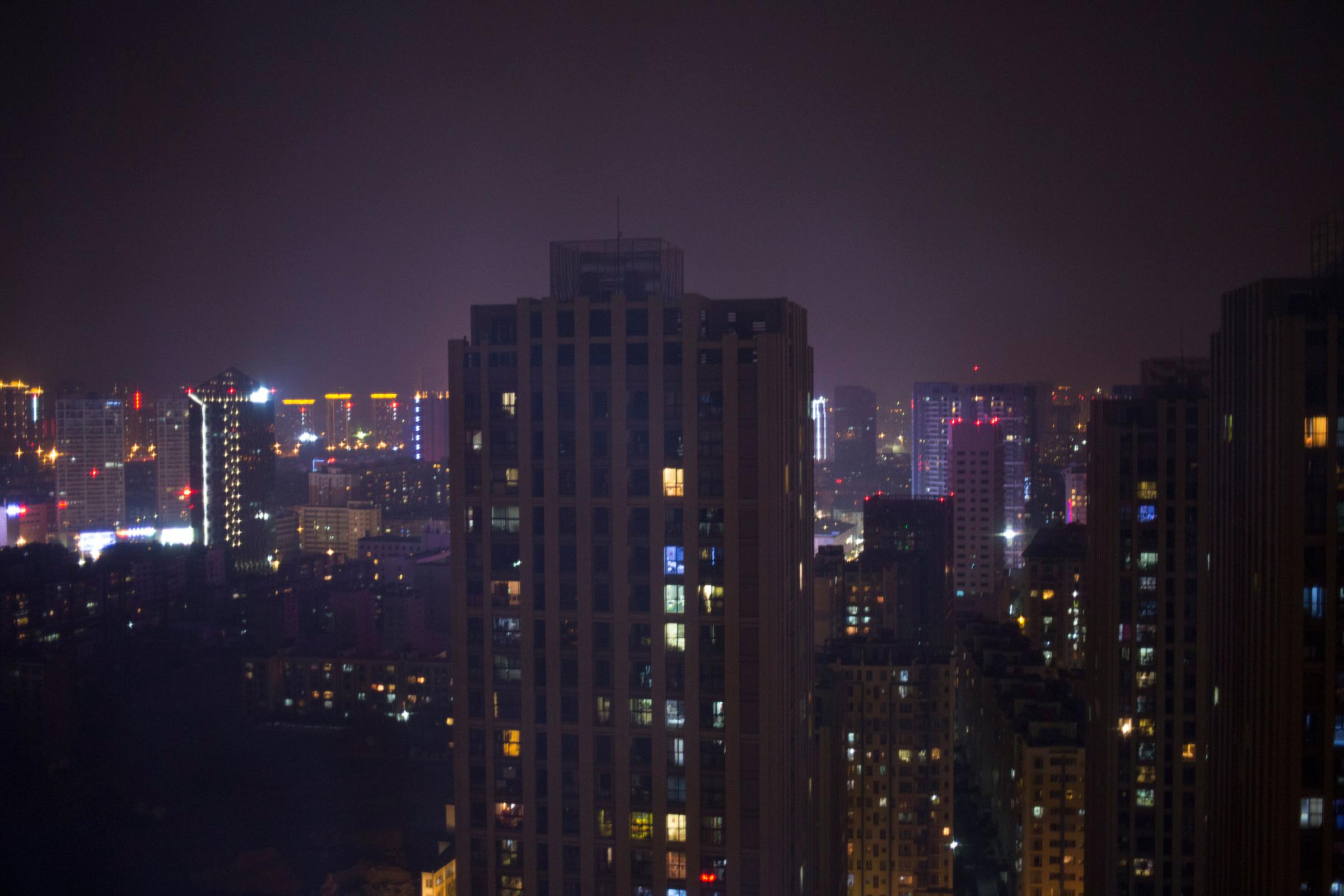
More Must-Reads From TIME
- The 100 Most Influential People of 2024
- The Revolution of Yulia Navalnaya
- 6 Compliments That Land Every Time
- What's the Deal With the Bitcoin Halving?
- If You're Dating Right Now , You're Brave: Column
- The AI That Could Heal a Divided Internet
- Fallout Is a Brilliant Model for the Future of Video Game Adaptations
- Want Weekly Recs on What to Watch, Read, and More? Sign Up for Worth Your Time
Contact us at letters@time.com